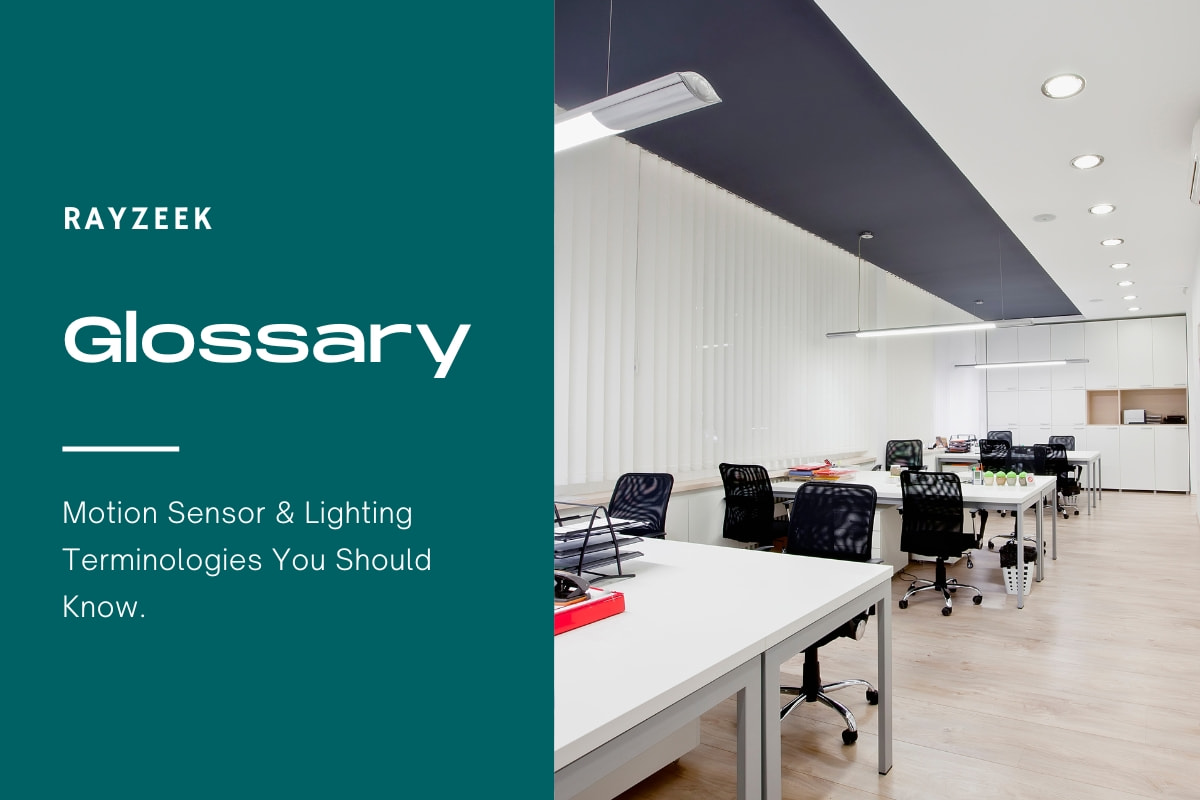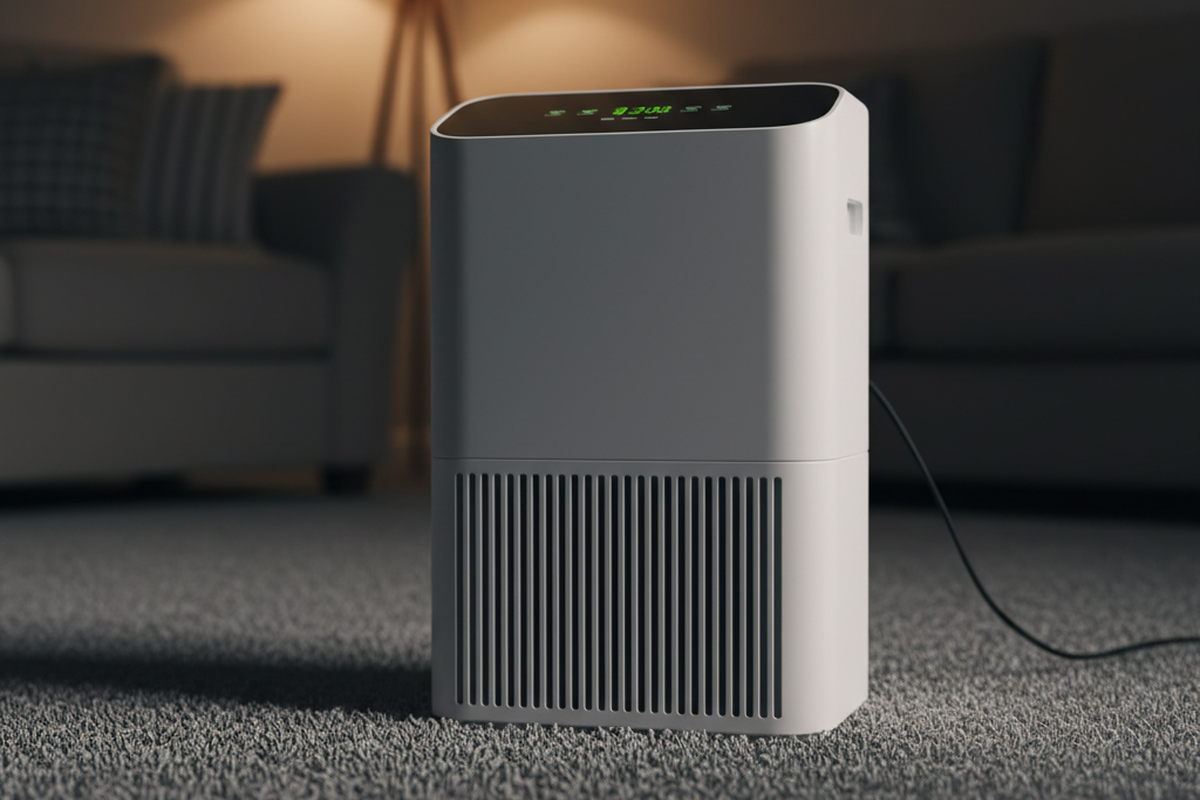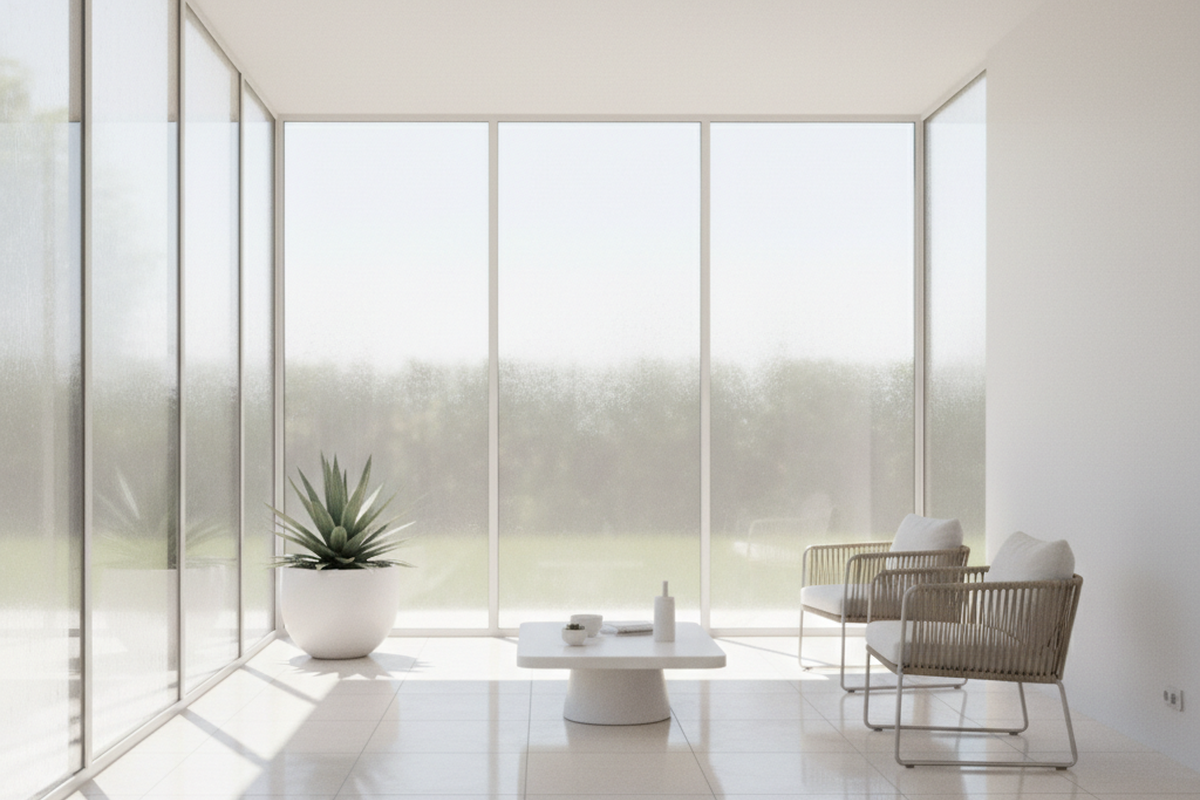Co je propustnost
Propustnost je měření množství světla, které je schopno projít povrchem nebo materiálem. Je to základní optická vlastnost, která kvantifikuje schopnost materiálu propouštět světlo.
Při interakci světla s povrchem nebo materiálem může dojít k jeho přenosu, odražené, nebo absorbován. Propustnost se konkrétně zaměřuje na část světla, která prochází druhou stranou povrchu. Úzce souvisí s pojmem odrazivost, který měří množství světla odraženého od povrchu.
Propustnost se vyjadřuje jako poměr, kdy se porovnává intenzita procházejícího světla (I) s intenzitou dopadajícího světla (I0). Tento poměr se označuje jako T. Hodnota propustnosti představuje procento dopadajícího světla, které je schopno projít materiálem.
Hledáte řešení úspory energie aktivované pohybem?
Obraťte se na nás pro kompletní PIR senzory pohybu, produkty pro úsporu energie aktivované pohybem, spínače se senzorem pohybu a komerční řešení pro detekci přítomnosti/volnosti.
Vezměme si například poloprůhledný skleněný blok. Jestliže se 30% dopadajícího světla odrazí od povrchu skla a 35% je pohlceno molekulami skla, zbylých 35% světla projde druhou stranou kvádru. V tomto případě má skleněný blok propustnost 35%.
Propustnost je důležitá, protože ovlivňuje výkon a účinnost osvětlovacích systémů. Znalost propustnosti různých materiálů umožňuje profesionálům v oboru osvětlování činit informovaná rozhodnutí o výběru materiálů a návrh osvětlovacích systémů dosáhnout požadované úrovně osvětlení a energetické účinnosti.
Inspirujte se portfoliem pohybových senzorů Rayzeek.
Nenašli jste to, co jste chtěli? Nebojte se. Vždy existují alternativní způsoby řešení vašich problémů. Možná vám pomůže některé z našich portfolií.
Často kladené otázky
Co znamená 12% přenos světla?
Propustnost vizuálního světla, známá také jako VLT, označuje procento viditelného světla, které může projít čočkou. V případě čočky s VLT 12% to znamená, že pouze 12% světla může projít, zatímco zbývajících 88% je blokováno.
Co znamená 13% přenos světla?
Propustnost viditelného světla (VLT) je termín, se kterým se běžně setkáváme při studiu slunečních brýlí. Označuje množství světla, které projde čočkou a dostane se do oka. V případě propustnosti světla 13% to znamená, že čočkou prochází menší procento světla. To znamená, že sluneční brýle mají nižší VLT ve srovnání se standardními slunečními brýlemi, které mají obvykle VLT 15 až 25%.
Co je příkladem propustnosti světla
Přenos světla je proces, při kterém světlo prochází průhledným nebo průsvitným materiálem. Příkladem přenosu světla je situace, kdy sluneční světlo proniká oknem do místnosti a naplňuje ji světlem.
Jaký je účel propustnosti
Účelem transmitance je pomoci při identifikaci neznámých látek a stanovení jejich koncentrace ve vzorku. Pomocí sady standardů a tabulky převodu transmitance na absorbanci lze hodnoty transmitance rychle převést na absorbanci v laboratoři i v terénu.
Co znamená vysoké procento propustnosti světla?
Vysoké procento propustnosti světla tedy znamená, že dochází k minimální nebo žádné absorpci světla. Naopak nízké procento propustnosti světla naznačuje vyšší množství absorbovaného světla. V případě, že vzorek plně absorbuje světlo, je procento propustnosti rovno nule.
Co je propustnost vs. pohltivost světla
Transmitance se týká měření množství světla, které projde vzorkem, zatímco absorbance se týká měření množství světla, které je vzorkem pohlceno.
Co znamená 100 Transmitence
Propustnost 100 znamená, že sloučenina propouští celou frekvenci bez jakékoliv absorpce.
Co znamená nízká propustnost
Nižší hodnoty transmitance % naznačují, že sloučenina absorbuje část energie, což vede ke vzniku sestupných hrotů.
Co je hodnota propustnosti světla
Propustnost viditelného světla (VLT) označuje procento viditelného světla, které může projít zasklívacím materiálem. Je důležitým faktorem při optimalizaci denního osvětlení.









